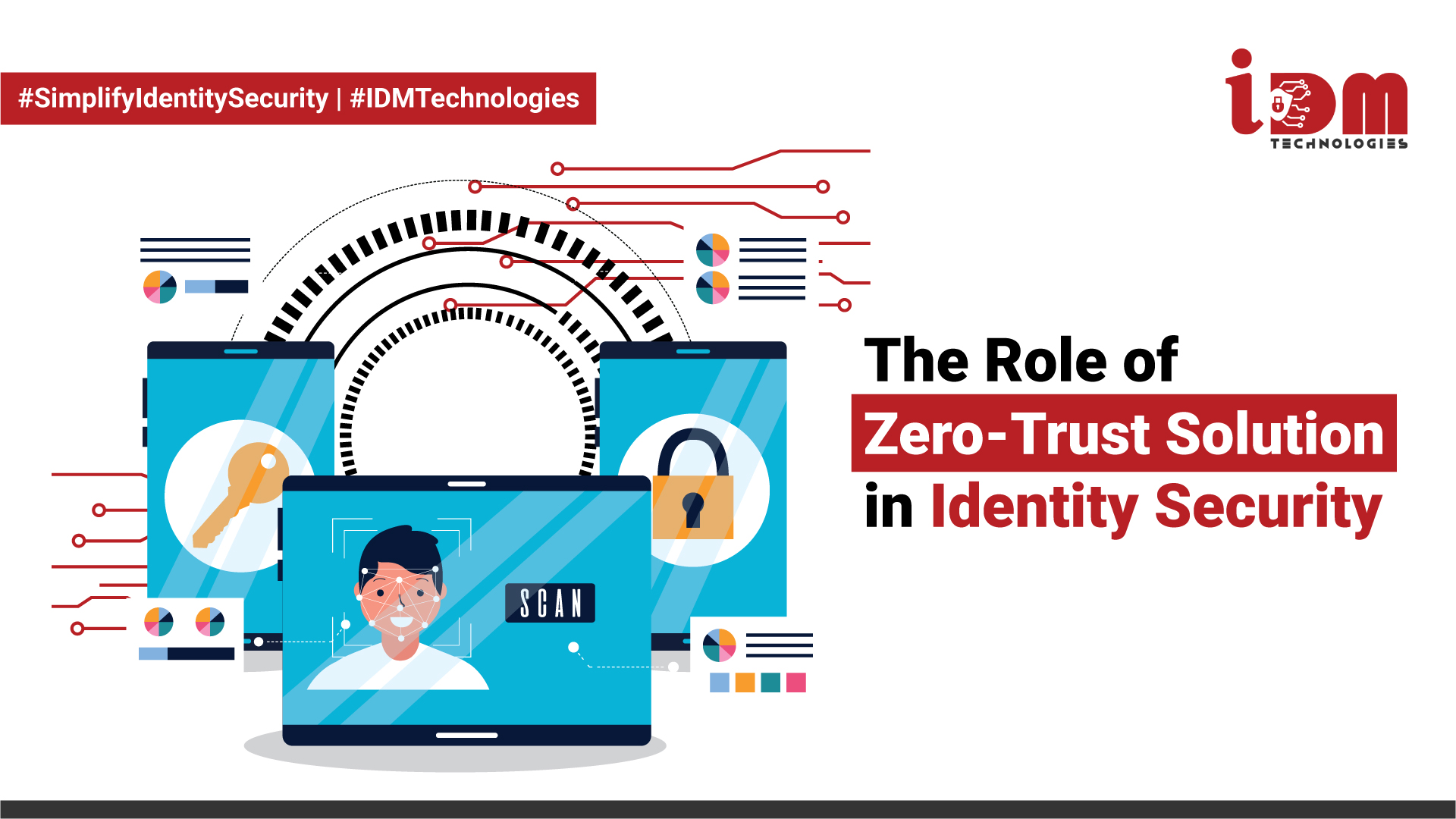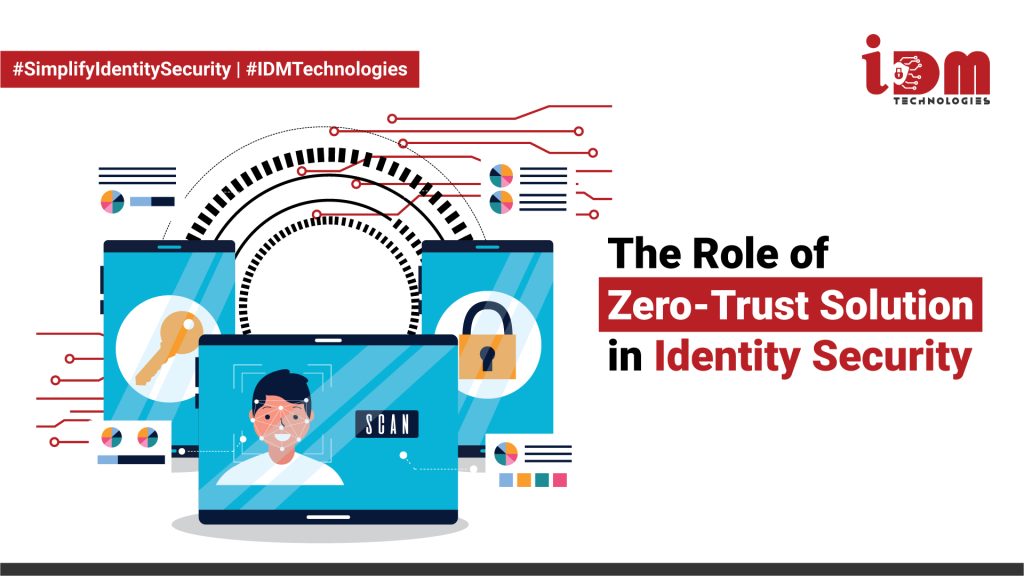
In today’s rapidly evolving digital landscape, traditional security models are becoming increasingly inadequate. The rise of sophisticated cyber threats, remote work environments, and cloud-based applications necessitates a more robust approach to security. This is where the concept of Zero-Trust Solutions plays a pivotal role in identity security. By fundamentally altering the way organizations approach security, Zero-Trust models enhance the protection of sensitive data and systems against unauthorized access and breaches.

In today’s rapidly evolving digital landscape, traditional security models are becoming increasingly inadequate. The rise of sophisticated cyber threats, remote work environments, and cloud-based applications necessitates a more robust approach to security. This is where the concept of Zero-Trust Solutions plays a pivotal role in identity security. By fundamentally altering the way organizations approach security, Zero-Trust models enhance the protection of sensitive data and systems against unauthorized access and breaches.
Zero-Trust is a security framework that operates on the principle of “never trust, always verify.” Unlike traditional security models that implicitly trust users within the network perimeter, Zero-Trust assumes that threats can come from both outside and inside the network. Therefore, every access request, whether it originates from within or outside the organization, must be authenticated, authorized, and encrypted before granting access to any resources.
Identity security is at the core of Zero-Trust architecture. In this model, the identity of users and devices is meticulously verified before granting access to applications and data. This rigorous verification process ensures that only authenticated and authorized individuals can access sensitive information, thereby significantly reducing the risk of breaches.
Step 1: Assess Current Security Posture
Begin by evaluating your existing security measures and identifying any gaps or vulnerabilities. This assessment will help you understand where Zero-Trust principles can be applied to enhance security.
Step 2: Define Access Policies
Establish clear access policies based on the principle of least privilege. Determine who needs access to what resources and under what conditions.
Step 3: Implement MFA
Deploy multifactor authentication across all access points. Ensure that users are required to verify their identity through multiple methods before granting access to sensitive information.
Step 4: Monitor and Analyze
Continuously monitor user activity and access patterns. Utilize advanced analytics to detect anomalies and respond to potential threats in real time.
Step 5: Educate and Train
Conduct regular training sessions to educate employees about the importance of Zero-Trust and how to adhere to security policies. Awareness is crucial for the successful implementation of any security framework.
Zero-Trust solutions represent a fundamental shift in how organizations approach identity security. By adopting a “never trust, always verify” mindset, organizations can significantly enhance their protection against modern cyber threats. With robust authentication, continuous monitoring, and stringent access controls, Zero-Trust frameworks provide a comprehensive and effective approach to safeguarding sensitive data and resources. As the digital landscape continues to evolve, embracing Zero-Trust will be crucial for maintaining robust identity security and ensuring long-term organizational resilience.
Our experts will be in touch with you shortly.